Hawksbill sea turtle
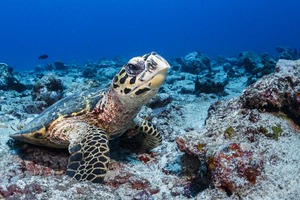

Sea turtles are a major contribution to a healthy ocean and a healthy marine biome. They are considered the "keystone species," meaning they have a central role in their environment and influence the species around them.
Sea turtles play crucial rules in the overall health of oceans, and they have been doing this for more than 100 million years. Presently, Sea Turtles face many threats such as commercial fishing, loss of nesting habitats, and climate change. Each of these dangers are posed by humans, and our society must be more cognizant of the deterioration we are causing to our Marine Biomes.
We must SAVE THE TURTLES!
Each Species of sea turtles make important contributions to the marine biome. For example, Leatherback sea turtles—who are also the largest species—eat approximately 200kg of jellyfish a day and balance the ecosystem as one of the top jellyfish predators. Green sea turtles keep seagrass beds healthy by increasing nutrient content and productivity of seagrass through their grazing. Hawksbill sea turtles eat sea sponges and help to naturally eradicate these villains that compete with reef building corals in the marine biome.
Symbiotic relationships are another important part of our marine biome that are at risk because of the endangerment of seat turtles. Remora fish in the marine biome eat parasites that attach themselves to the shell of sea turtles. This relationship is mutually beneficial as the fish use sea turtles as their host to transport and protect themselves from predators. As the population of sea turtles continues to decline, certain species of fish and shrimp are forced to adapt to modes of survivals that are less successful and cause a chain reaction of harm to ocean’s habitats.These are only a few of the vital roles sea turtles play in our ecosystem. It is important that we understand the threats we are posing to them and how we can protect their livelihood.4
There are seven species of sea turtles in the Earth's oceanic habitats.
Let's take a look at their current well-being according to the International Union for the Conservation of Nature (IUCN):1
| Species | Status |
|---|---|
| Hawksbill | Critically Endagered |
| Kemp's Ridley | Critically Endagered |
| Green Sea Turtle | Endangered |
| Loggerhead | Vulnerable |
| Leatherback | Vulnerable |
| Olive Ridley | Vulnerable |
| Flatbacks | Data Deficient |
As we can see in the table above, the sea turtle population as a whole is in immediate danger. This is a direct and indirect cause of human disruption of their ecosystem.
Hover over each of the following images to learn more about the bigget threats to each species of sea turtles.
Hawksbill sea turtle

Kemp's Ridley sea turtle
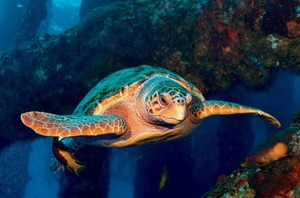
Green sea turtle
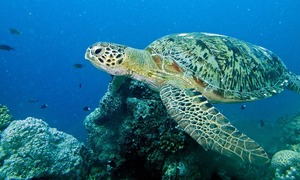
Loggerhead Sea Turtle
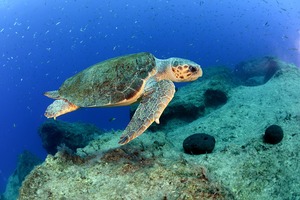
Leatherback sea turtle
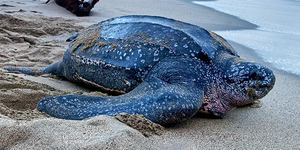
Olive Ridley sea turtle
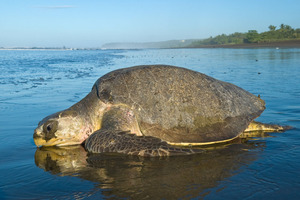
Flatback sea turtle
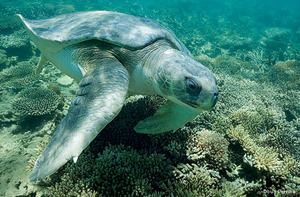
References